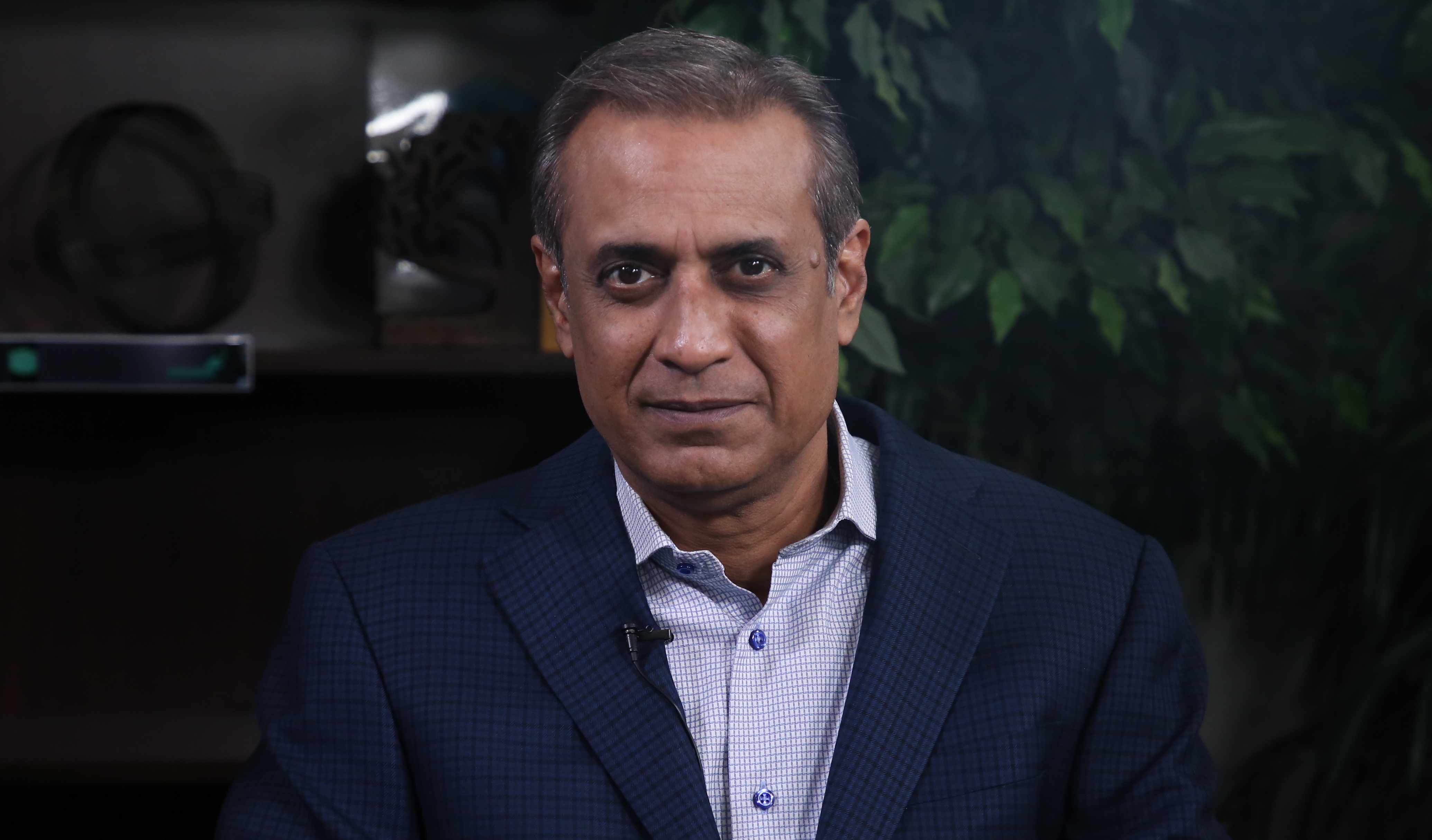
“Data is the new oil!” or so the saying goes. Ten years ago, when big data started to hit the headlines, the sensible strategy seemed to be to gather as much data as possible. After all, if it was like oil reserves, the more the better. So, even though they had no concrete plans on how to monetize it, companies gathered data.
These pools of stored data became known as data lakes. And as the masses of stored data sat unused and inaccessible, they gained a new nickname: data swamps. Instead of a lucrative resource, data became a management headache. The only companies with the ability to harness the promised power of data seemed to be the newcomers. Known as digital natives, these companies had an advantage that traditional companies did not.
“[Digital native] companies start by building a foundational platform on which they build their analytics and data programs,” said Buno Pati (pictured), chief executive officer of Infoworks.io Inc. and partner at Centerview Capital Holdings LLC. “It gives them a tremendous amount of agility and the right framework within which to build a data-first strategy.”
Pati joined theCUBE host and SiliconANGLE co-founder Dave Vellante (@dvellante) at theCUBE’s studio in Boston, Massachusetts, for an in-depth CUBE Conversation on the continuing evolution of big data.
The digital-native advantage
While data may not be analogous to oil, one thing is certain: It is the modern fuel of commerce. “You cannot survive and be relevant in this world without leveraging data to compete with others who would otherwise disrupt your business,” Pati stated.
And the key to leveraging data is the ability to access it fast and easily. “If I were to very simply state the goal, I would call it analytics agility,” Pati added.
Starting from day one with a data platform gives digital natives a lot of agility and the right framework within which to build a data-first strategy. “They have the ability to rapidly launch analytics use cases and iterate on them that is not possible in a traditional or legacy environment,” Pati explained.
Automation and the ability to seamlessly traverse on-premises, cloud, hybrid, and multicloud environments are also key benefits.
In contrast, traditional companies implement a piecemeal data strategy based on use case by use case, according to Pati. It is heavily dependent on highly skilled engineering talent and operates in fragmented environments. Tools are stitched together, and teams operate in isolation. This makes it very hard to track, access and analyze data across the different environments.
The guiding principles of an analytics solution
Infoworks.io offers the DataFoundry enterprise data operations and orchestration solution, known as EDO2, to help traditionally structured customers solve this problem of fragmentation. The solution is built on what Pati believes are the three principles behind analytics agility: Automation, integration and abstraction.
“If you do not automate, the dependence on skill talent is never going to go away,” Pati said.
And integrating all point tools into a single solution makes management easier. However, it is the third principle that Pati believes is the most critical: “For things to work in multicloud and hybrid environments, you need to introduce a layer of abstraction between the complexity of the underlying systems and the user of those systems,” he said.
This is similar to compiler in that it takes care of everything under the hood to simplify operations, Pati explained.
Lessons learned from 10 years of big data
There are two key lessons that businesses need to understand about big data and digital transformation according to Pati. First is to avoid creating data swamps.
“Just having a place to land your data doesn’t solve your problem. That’s the beginning of your problems,” he said.
The second lesson is that legacy methodologies do not transfer into the future.
“You have to think differently,” Pati stated. “And looking to the digital natives as guides for how to think when you’re trying to compete with them is a wonderful perspective to take.”
Watch the complete video interview below, and be sure to check out more of SiliconANGLE’s and theCUBE’s CUBE Conversations here and here.
Photo: SiliconANGLE
Since you’re here …
Show your support for our mission with our one-click subscription to our YouTube channel (below). The more subscribers we have, the more YouTube will suggest relevant enterprise and emerging technology content to you. Thanks!
Support our mission: >>>>>> SUBSCRIBE NOW >>>>>> to our YouTube channel.
… We’d also like to tell you about our mission and how you can help us fulfill it. SiliconANGLE Media Inc.’s business model is based on the intrinsic value of the content, not advertising. Unlike many online publications, we don’t have a paywall or run banner advertising, because we want to keep our journalism open, without influence or the need to chase traffic.The journalism, reporting and commentary on SiliconANGLE — along with live, unscripted video from our Silicon Valley studio and globe-trotting video teams at theCUBE — take a lot of hard work, time and money. Keeping the quality high requires the support of sponsors who are aligned with our vision of ad-free journalism content.
If you like the reporting, video interviews and other ad-free content here, please take a moment to check out a sample of the video content supported by our sponsors, tweet your support, and keep coming back to SiliconANGLE.
"traditional" - Google News
January 17, 2020 at 10:45PM
https://ift.tt/2udLTjh
Why traditional companies fail at big data (and how they can win) - SiliconANGLE
"traditional" - Google News
https://ift.tt/36u1SIt
Shoes Man Tutorial
Pos News Update
Meme Update
Korean Entertainment News
Japan News Update
Bagikan Berita Ini















0 Response to "Why traditional companies fail at big data (and how they can win) - SiliconANGLE"
Post a Comment